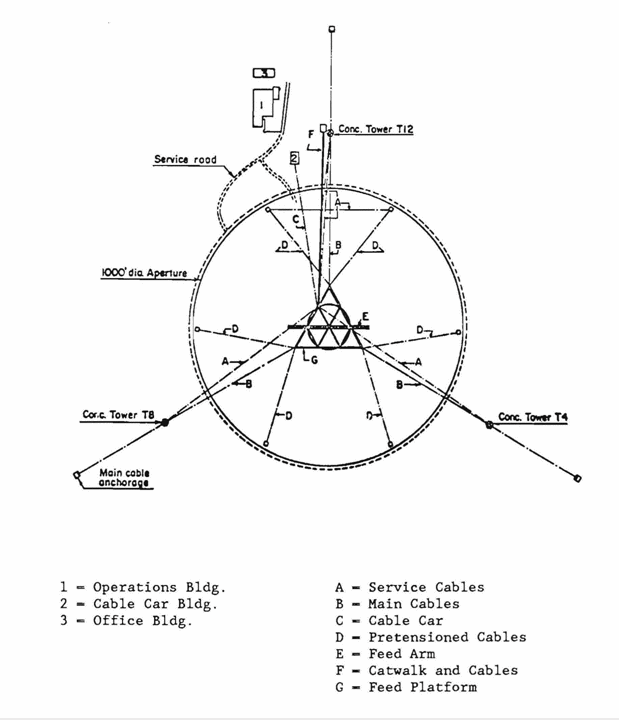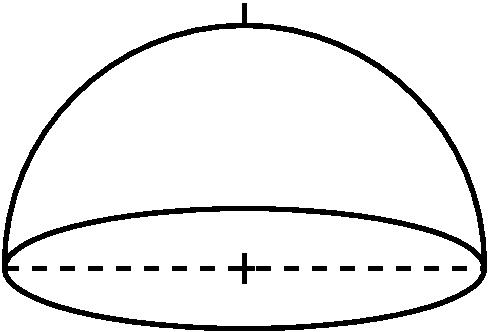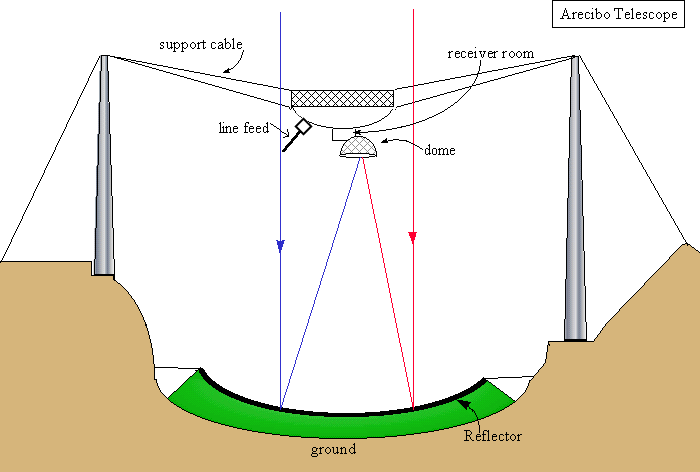Returning attendees shall not reveal the answers to first timers until sufficient effort is expended. (And, any bribes must be shared 50:50 will the Scavenger Hunt creators.) You may consult any source anywhere but please be sure to indicate where you got your information. And watch out for bad websites! Actually, if you find any mis-information, tell us! General advice on the scavenger hunts:
We suggest that groups may want to strategize about how best to tackle the Scavenger Hunts. Sometimes activities need to be done serially, but sometimes a group might break into smaller groups which work on separate parts, and then you can regroup to make sure everyone understands the material, the software tools, etc. Thinking about how best to proceed is especially important given that our group is very heterogeneous in background and we don't have a lot of time to get things done (that includes sleeping...). So, think about how as a group you can maximize both efficiency and learning. That's part of the lesson of how big collaborations (should) work.
UAT15.01 Scavenger Hunt #0: The Arecibo Telescope
This scavenger hunt will explore some details of the Arecibo telescope and the Arecibo Observatory.| 0.0 Here is a schematic diagram of the AO telescope as viewed from above. The 900 ton platform hangs in midair on eighteen cables, which are strung from three reinforced concrete towers. One is 365 feet high, and the other two are 265 feet high. The towers are named as if they were on the face of a clock oriented with "12" to the north: T4, T8 and T12. Which tower is the tallest of the 3? Note: this map predates the ground screen/upgrade. |
 |
0.1 Below is a schematic diagram of the local sky as observed from Arecibo.
Imaging that you are standing at the
center looking up. Label on this diagram the following:
|  |
0.2 During the observing runs coincident with the 2015 workshop, we will be observing galaxies which were not detected by the ALFALFA survey, and in some cases, were not included by the SDSS spectroscopic survey. How bright must a galaxy be in order for it to be included as a target of SDSS spectroscopy?
0.3 Let's take a look at one of the targets of tonight's A2941 observations, AGC 192059. The galaxy is located at RA = 09h51m38.2s, Dec = +10d26'23". On the diagram above, show the path of AGC 192059 in the sky as observed at Arecibo on Jan 12, 2015.
0.4 What is the maximum zenith angle at which the L-band wide (LBW) receiver can be positioned? (If you have not already asked this, maybe you should now: Why is "L-band wide" called "L-band wide" anyway?)
0.5 Why can't we observe a source directly overhead?
0.6 Below is a schematic diagram of the AO platform as viewed from the side.
 a. If we were going to observe AGC 192059 just as it crosses the meridian, at what azimuth
should we position LBW?
a. If we were going to observe AGC 192059 just as it crosses the meridian, at what azimuth
should we position LBW?b. What do we mean by an "uphill feed"?
c. What are the advantages of Gregorian optics over line feeds?
d. At what frequency does the very long line feed work?
0.7 Beams, drifts and the resolution of radio telescopes
| a. The diffraction limit of a telescope can be described by the cartoon to the right. What is the diffraction limit of a 305 meter diameter telescope at 21 cm? b. What is the beamwidth of the L-band wide receiver system? c. Why aren't your answers to a. and b. the same? d. ALFALFA was undertaken in a drift-scan mode whereby the azimuth arm is held fixed (usually parked on the meridian) so that the sky drifts by as the Earth rotates. For a beamwidth of 3.5 arcmin (approximately that of one of the ALFA feed horns), how long does it take for a source to drift across one beam? |

|
0.8 Tracking sources with the Arecibo telescope Below is a schematic diagram of the hour angle - declination plane as observed from Arecibo. Familiarize yourself with this diagram and how to use it. (Note that this one comes from the good old days, so the limit designations don't include the Gregorian or LBW.)

- Use this
diagram to figure out how long a source at a Declination of 10d26' degrees
(such as AGC 192059)
could be tracked using an uphill feed on Carriage House #1.
- What about a source exactly on the equator?
0.9 Using Public Databases to Explore our Targets Use the links below to investigate information about our target AGC 192059 in public galaxy databases.
AGC 192059 095138.2+102623 147.9092 10.4397 DR9Navi DR10Navi DSS2blu.03 NED1.0 a. What is the distance to this object? Be sure you keep track of how you obtained the answer.
b. How large (linear diameter) is the galaxy? How does its size compare to that of the Milky Way? Be sure you keep track of how you obtained the answer.
c. Is the galaxy forming stars at the current epoch? How do you know?
Be sure you know what databases these links take you to. They will be very useful later.
0.10 Some important trivia (of critical importance to the full UAT experience) a. Why do ALFALFA team folks always start enumerated lists with "0", not "1"? b. When did the formal opening ceremony of the Arecibo Ionospheric Observatory take place? c. What popular movie features a fight between the hero and the bad guy on the long line feed? d. In the movie "Contact", Jodie Foster and Matthew McConoughy have hanky panky in what building on the site?
|
0.11 Communicating with ET Let us suppose that there are some extraterrestrial beings in the vicinity of the Solar System whose lifeform resembles that of a many pointed star and that they intercept a junk U.S. spacecraft containing a partly degraded plaque showing the illustration to the right. Where does this illustration come from and what is its intended meaning? |
 Click here for larger view. |
0.12 Introduction to TOPCAT (If you have not used it before..)
If you have not used TOPCAT before, consult these notes. You will also find useful information on the UAT Google docs page. (Ask if you don't know about that!). Since many members of the UAT are familiar with using TOPCAT, this workshop is a great opportunity for you to learn how to use it! 0.13 Learning PYTHON (OPTIONAL)
Although we won't be using it much in this workshop, we suggest that you learn python. Here are some handy notes to get you started; we will be adding more to this in the future (for example, Mike and Luke will add some instructions on how to install python someday).
This page created by and for the members of the ALFALFA Survey Undergraduate team Last modified: Wed Jan 7 17:14:02 EST 2015 by martha
